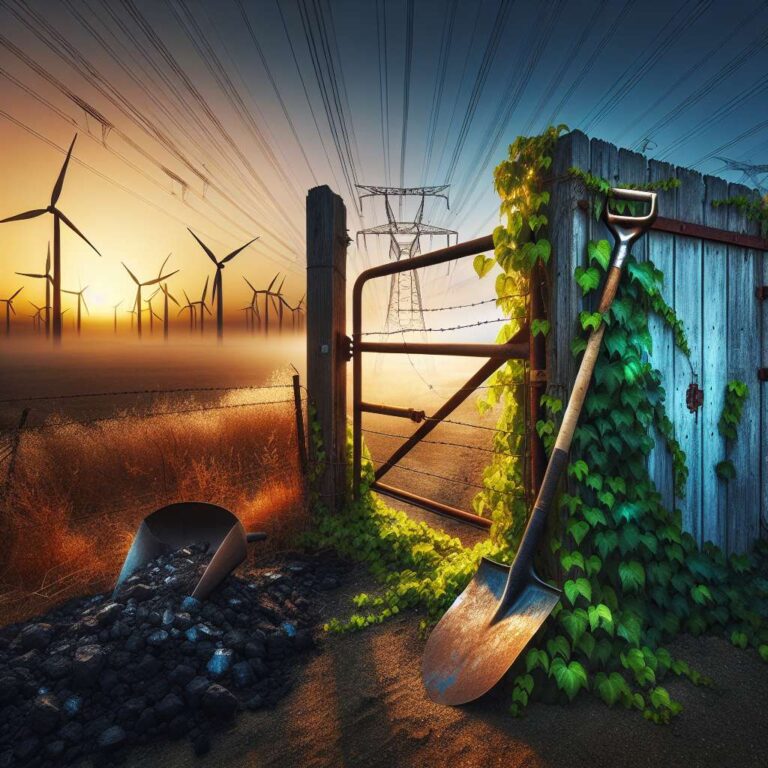Once the dominant source of electricity in the United States, coal power has rapidly lost ground over the past two decades. Twentieth-century grids relied on coal for cheap, abundant energy, but by 2024, coal´s share of electricity generation has fallen to about 20%, down from roughly half in 2000. This decline, celebrated by environmentalists for substantially reducing national carbon emissions, is also reshaping the economic calculus of the energy sector. The plummeting costs and proliferation of natural gas, followed by wind and solar, have rendered coal increasingly uncompetitive.
The planned closure of Michigan´s J.H. Campbell coal power plant is case in point. Despite being slated for retirement due to economic factors, this plant received a last-minute emergency order from the US Department of Energy, mandated by Energy Secretary Chris Wright, to remain operational for at least 90 days. Ostensibly, the order seeks to prevent blackouts and address potential grid reliability concerns as demand for electricity rises—this year, largely due to the surge in energy-hungry data centers powering Artificial Intelligence applications, as well as standard seasonal spikes like summer heatwaves.
Yet, evidence suggests that keeping aging coal plants running is seldom the most cost-effective way to supply secure power. An Energy Innovation think tank report from 2023 found that building new renewable energy capacity is generally cheaper than operating existing coal facilities, which have also seen costs outpace inflation in recent years. The renewable energy transition faces logistical barriers, such as lengthy interconnection queues and intermittent generation, but new solutions are gaining traction. Battery storage capacity in the US expanded by approximately 40% between May 2024 and April 2025, providing real-time support during periods of grid strain, notably in the Texas heat last month. Despite these innovations, political battles continue, as evidenced by the Trump administration simultaneously citing grid reliability concerns while cutting incentives for renewable energy and storage deployment.
This tug-of-war encapsulates the wider struggle over how the US will meet growing electricity demand without backsliding on climate and public health. As large-scale power consumers, fueled by technologies like Artificial Intelligence, put unprecedented pressure on the grid, the nation must decide between patching up the coal fleet or fast-tracking a transition to cleaner, scalable alternatives—and each choice comes with profound economic, environmental, and health consequences.

